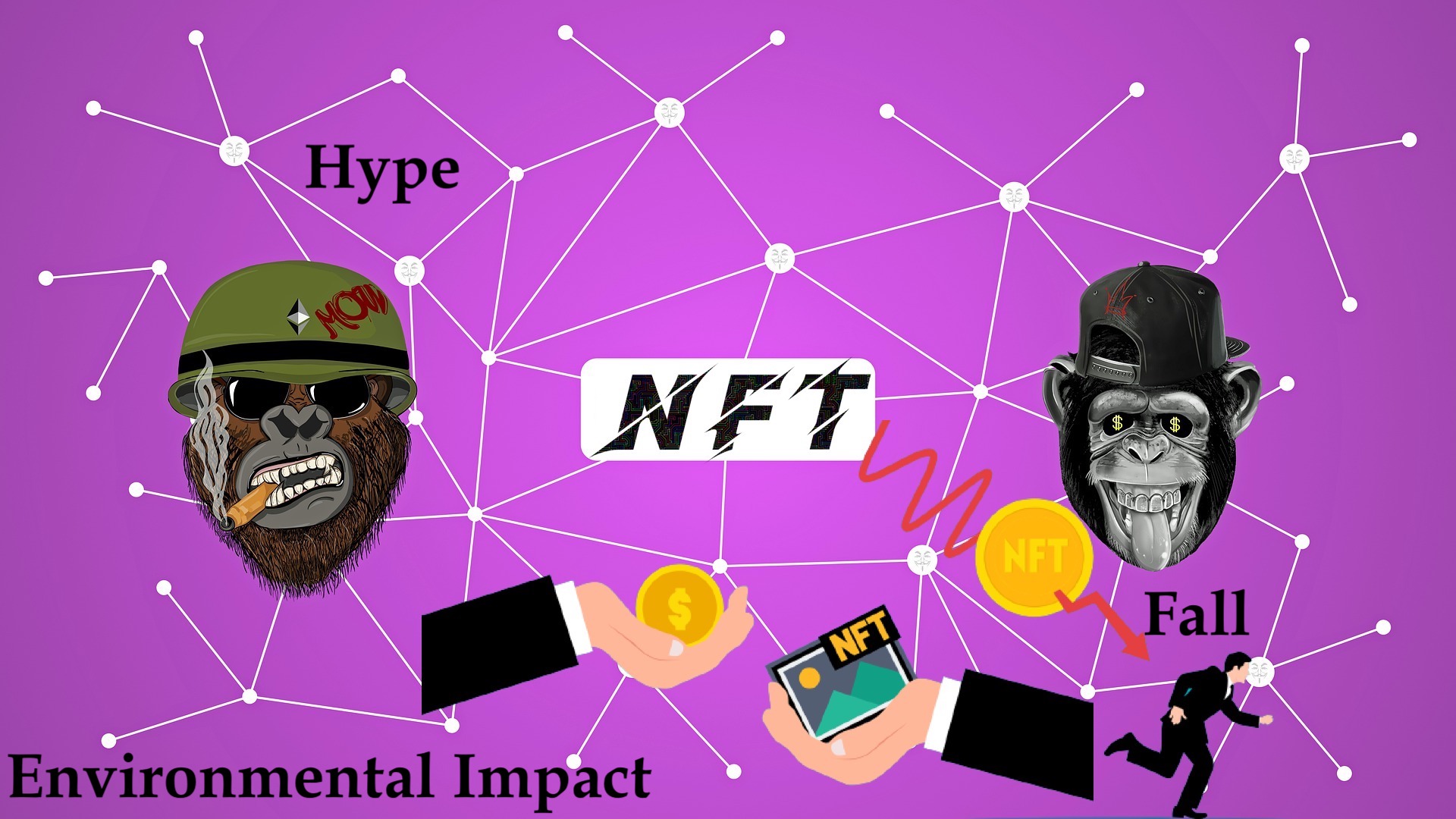Non-Fungible Tokens (NFTs) experienced a meteoric rise in popularity in 2021, with several high-profile sales grabbing headlines and celebrities jumping on board. The concept of NFTs was not new, but it was relatively unknown until digital artist Beeple sold his NFT artwork for $69 million in March 2021, putting NFTs on the map.



NFTs are unique digital assets that can be bought and sold like any other property. They are built on blockchain technology, which ensures their authenticity and provenance. NFTs are created using smart contracts, which are self-executing contracts with the terms of the agreement between buyer and seller being directly written into lines of code.
The rise of NFTs can be attributed to several factors, including the growing interest in cryptocurrency, the pandemic, and the increased demand for digital assets. With people spending more time at home due to lockdowns, there was a surge in online activity, leading to a higher demand for digital content.
However, NFTs’ popularity has also resulted in criticism, with some arguing that they are overhyped and not worth the money. The fall of NFTs began in late 2021 when the market experienced a significant drop in value. The total sales of NFTs fell by almost 90% from their peak in May 2021.
Several factors contributed to the fall of NFTs, including oversaturation of the market, the lack of regulation, and the high fees associated with buying and selling NFTs. Additionally, the initial hype around NFTs wore off, and investors became more cautious about investing in digital assets.
Despite the fall in popularity, some believe that NFTs are here to stay. They argue that NFTs are a revolutionary way to buy and sell digital assets and that they offer unique benefits, such as provenance and ownership rights. However, the future of NFTs remains uncertain, and it remains to be seen whether they will continue to be popular or fade away in the coming years.
Environmental Impact
The environmental impact of NFTs has been a topic of concern for many people. NFTs are created using blockchain technology, which is known to consume a significant amount of energy. The creation of an NFT requires a process known as mining, where a network of computers solves complex mathematical equations to verify transactions on the blockchain.
This process requires a lot of computing power and electricity, leading to a significant carbon footprint. According to a report by the Cambridge Centre for Alternative Finance, the Bitcoin network alone consumes as much energy as the entire country of Argentina. While NFTs don’t consume as much energy as Bitcoin, they still require a considerable amount of energy.
Additionally, many NFTs are created on the Ethereum blockchain, which is transitioning to a more energy-efficient proof-of-stake system. However, the transition is still in progress, and many NFTs are still created using the energy-intensive proof-of-work system.
The environmental impact of NFTs has led to criticism from some environmentalists, who argue that the energy consumption associated with NFTs is not justified by their benefits. However, some argue that NFTs can also have a positive impact on the environment, such as providing a new revenue stream for artists and content creators, which may incentivize them to create more environmentally conscious works.
Overall, the environmental impact of NFTs is a complex issue that requires a nuanced discussion. While they do have a carbon footprint, the potential benefits they provide should not be dismissed outright. As blockchain technology continues to evolve and become more energy-efficient, it’s possible that the environmental impact of NFTs will decrease over time.

